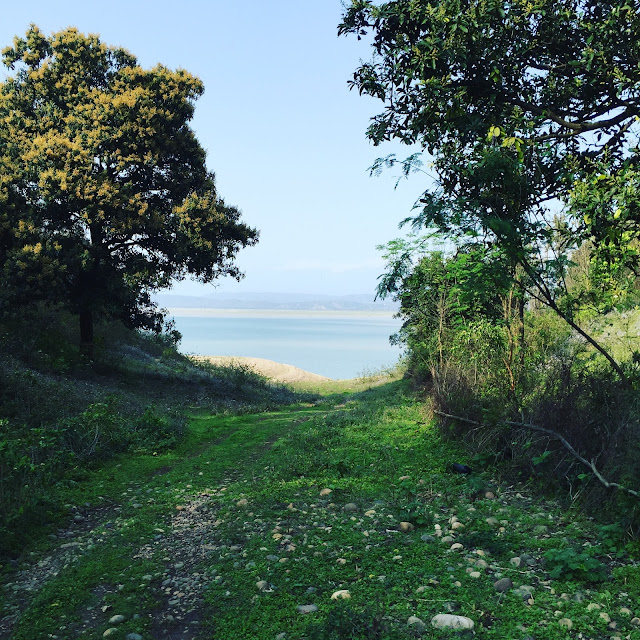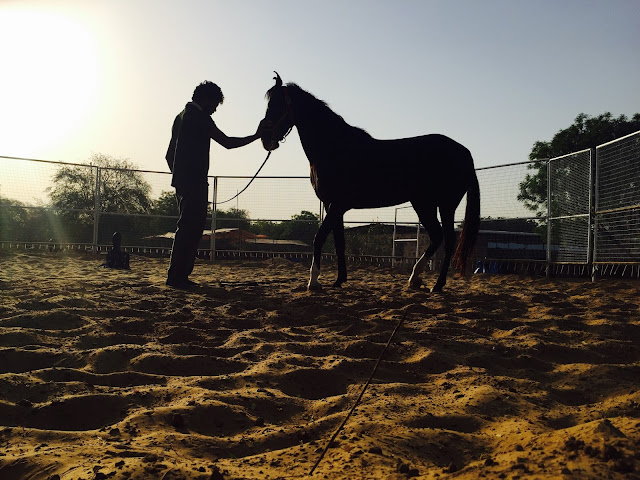In the heart of the Himalaya
Manjeev’s parents are from a small village in the Himalaya, on the Dhauladhar range. A few days ago we went to spend some time there with his aunt who still lives there with her family. The village is about 7 km off the road but the car somehow made it. A few years ago, we were told, this would not have been possible. Almost no one in the village has a car.
The aunt lives with her husband, their two sons, their sons’ wives and their grandchildren. Her brother in law and his family (sons, daughters in law and grandchildren) live in the adjacent house. Their land is quite big and the way the houses are arranged doesn’t make it feel cramped. On the contrary, it has a very homely yet spacious feel.
The houses are surrounded with fields of wheat and huge trees. When we arrived some villagers were cutting branches for their cattle. There are buffalos and cows spread around the area, as well as goats and each house seems to have a dog - useful to warn them every time someone comes close by.
We went for a walk to the nearby dam, which looks more like a lake with a rather low level of water. During the monsoon, it fills out again. In the background an extraordinary view of the Himalayas, locally called the silver mountain because of the silver colour of the snow against the moon’s reflection at night.
Surprisingly for India, there was no one around a part from a herd of grazing sheep and a small group of kids too busy with their kites to even notice our presence. We could only hear the sound of the wind whistling through the trees.
We ate our meals near the hearth where the ladies of the house cooked the food. As they prepared, I went to sit near the fire, fascinated by the speed at which they made the breads. Manjeev decided it was wiser to stay outside. The kitchen is traditionally where the women sit and chat. While men are most welcome, they often get teased if they join the party and as such usually prefer to stay safely outside until the meal is ready.
All the villagers are farmers. They eat only twice daily because they don’t have time to come back from the fields for lunch. It’s not an easy life. There is no running water and they have to carry buckets all over the place. If you want a ‘hot shower’ they boil water in a small pan. You come and take the amount of water you need and refill it with cold water. That way everyone gets some. It’s a slow life where everything seems regulated by the rhythm of nature.
As we were all sitting around the fire sipping a cup of masala tea I wondered about the joys of such a simple life, a life in which we are not a slave to a screen or running from one place to the next as though our lives depended on it.
Suddenly, I heard one of the elders say something about Facebook. I can’t claim to have a perfect Hindi but my ‘pahari’ - the local dialect - is nonexistent. A few minutes later, someone pointed out that the cricket match was about to start. It was India against Pakistan - a very, very big deal. We went inside into one of the rooms to watch the television but the sound didn’t work so we moved into the next room. Luckily, that TV’s sound worked. That’s when I realised every single room had a TV and a cable connection.
A few years ago, I remember noticing that there were many satellite dishes sticking out of slum areas in Delhi. How strange, I thought, that these people don’t have a proper roof to sleep under yet they can watch cable TV. But in truth, this is a rather euro-centric way of looking at things. We tend to think that the the logic would want one to have a proper house, then a TV, and then probably a cable connection. But that’s not how it works. If you can’t afford a house but can afford TV why would you deprive yourself? There are many countries in Asia, as is the case in Africa, where people are able to do all their bank transactions over the phone, people who have never used a computer and will probably never will. So there’s nothing strange for a family of farmers deep in the Indian mountains to have cable connection and no running water - or at least not strange for them!
The rest of the trip was great, filled with home drawn fresh milk and butter and locally grown vegetables. I failed to make friends with the resident buffalo but I haven’t completely given up. I’ll try harder next time!















Comments
Post a Comment